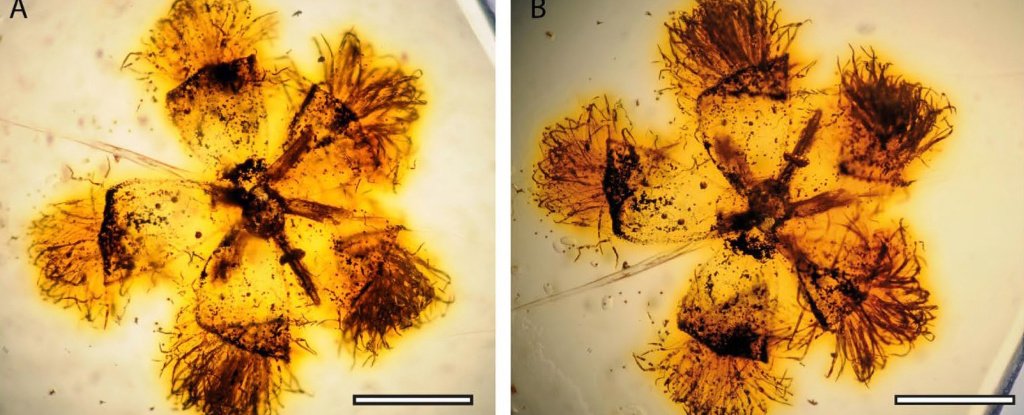
Today, flowering plants (or angiosperms) represent about four-fifths of all green plants on Earth, but for billions of years they did not exist at all. Biologists have now been able to fully record the rapid increase in angiosperms in the past 140 million years.
A recently released ‘time tree’ of flowering plants shows in detail how this massive botanical upheaval occurred, resulting in the approximately 300,000 species that currently grow around us.
To get to the timeline, the researchers put together the largest collection of fossil angiosperm records, 238 in all, often digging through hundreds of years of data and translating documents from a variety of languages.
 (Royal Botanic Garden of Sydney / Flickr / CC BY-NC-ND 2.0)
(Royal Botanic Garden of Sydney / Flickr / CC BY-NC-ND 2.0)
“Fossils are the most important evidence needed to understand these important evolutionary questions about angiosperm divergence times,” says evolutionary biologist Hervé Sauquet of the University of New South Wales.
“Previous studies of this nature only used between 30 and 60 fossil records and we wanted to significantly increase this number and set a higher standard for fossil calibration by documenting each part of the process.”
In addition to amassing hundreds of fossil records, the team also compared their time tree to more than 16 million geographic data points that indicate which plants are blooming and where. It is by far the most complete picture of these species we have ever had, answering many questions about the timing, location, and origins of plant evolution.
Considering 435 families of flowering plants in total, the graph shows modern lineages that began to emerge about 100 to 90 million years ago, before they branched out into modern flower species about 66 million years ago: this is the difference between the age of the ‘stem’ of a species (when it originated) and its age of ‘crown’ (when it began to diversify into the species we know today).
The researchers were able to observe these time differences on their tree diagram, and were also able to confirm the idea that angiosperms originated in tropical environments, even though today’s rainforests, which are dominated by flowering plants, only appeared relatively recently in Earth’s history. .
 Flower fossils embedded in amber. (Royal Botanic Garden of Sydney / Flickr / CC BY-NC-ND 2.0)
Flower fossils embedded in amber. (Royal Botanic Garden of Sydney / Flickr / CC BY-NC-ND 2.0)
“When estimating the stem and crown ages for the angiosperm families, we found a difference of 37 to 56 million years between the family origins and the beginning of their diversification towards the living species that we see today,” says evolutionary biologist Susana Magallón. , of the National Autonomy. University of Mexico.
“To put this in context, the average time interval corresponds to about a third of the total duration of angiosperm evolution, which is at least 140 million years.”
Between the age of the stem and the crown of angiosperms, dinosaurs roamed the Earth. It seems that the worldwide dominance of flowering plants was delayed until after the age of dinosaurs, increasing their speed about 66 million years ago. In that regard, angiosperms are relatively late blooms among plants.
Considering that flowering plants now represent the main food source for most organisms on earth, including humans, the more we can understand about this origin and the process of evolution, the better.
One of the ways it will help is to discover the best way to conserve these hundreds of plant species for the future: if we want to continue trusting them, it is in our best interest to understand what makes them prosper.
“Let’s face it, the planet is basically running out of angiosperms,” evolutionary botanist Doug Soltis of the University of Florida, who was not involved in the study, told ABC Science’s Suzannah Lyons. “Their success is our success, their disappearance is our disappearance.”
The research has been published in Nature Ecology and Evolution.
.